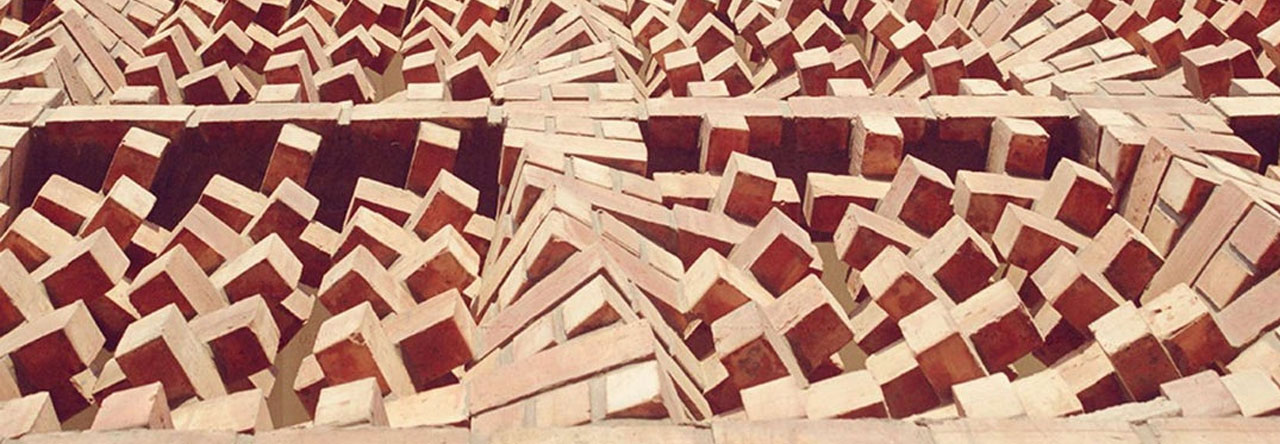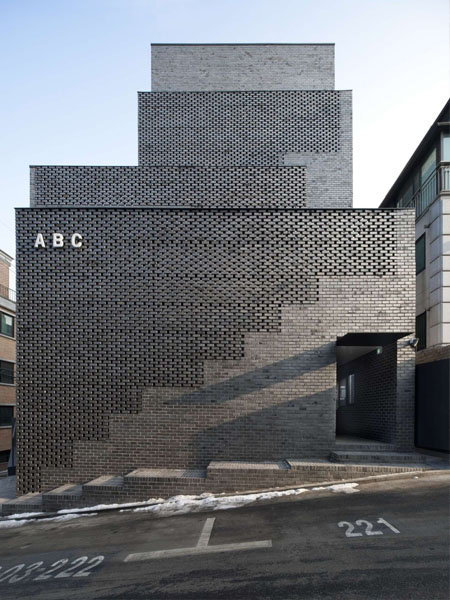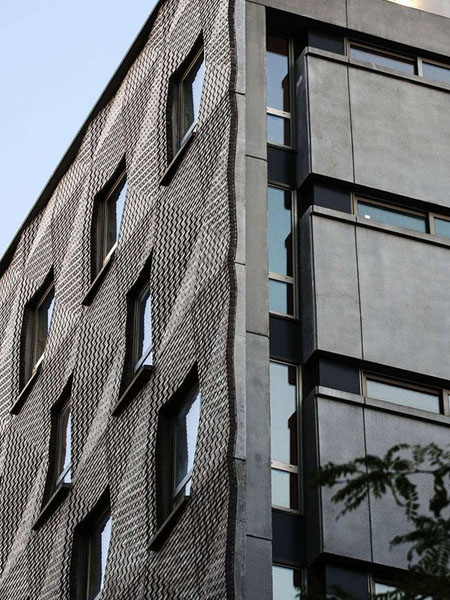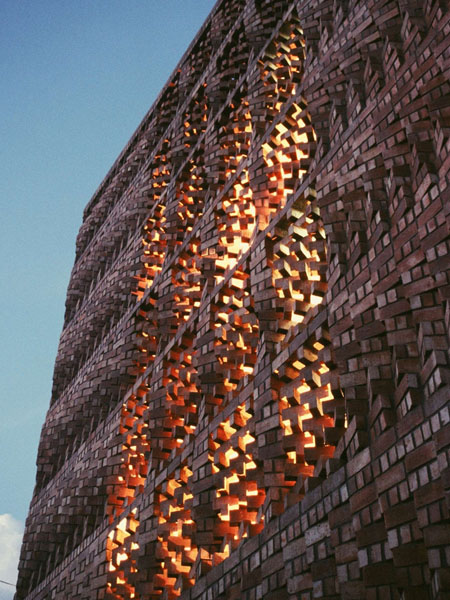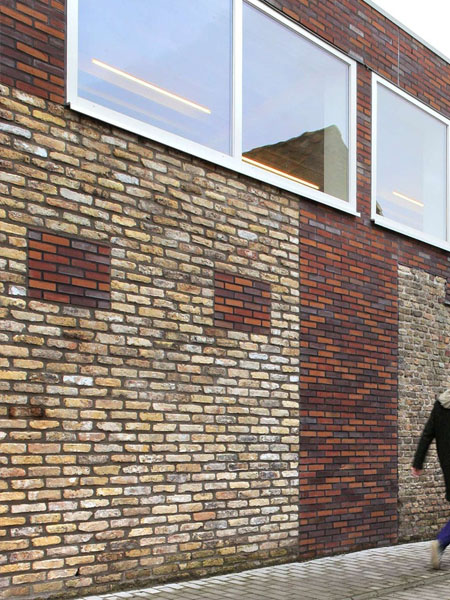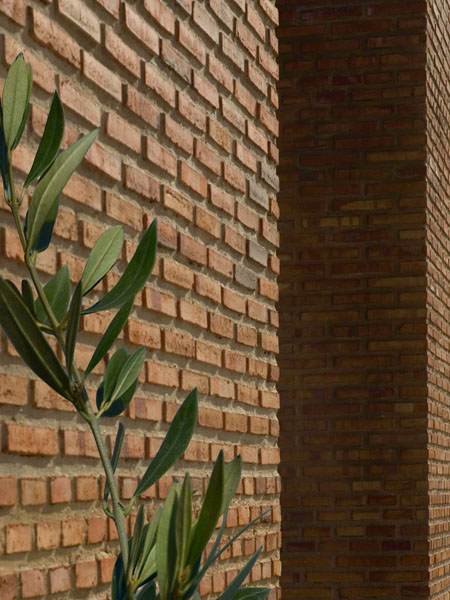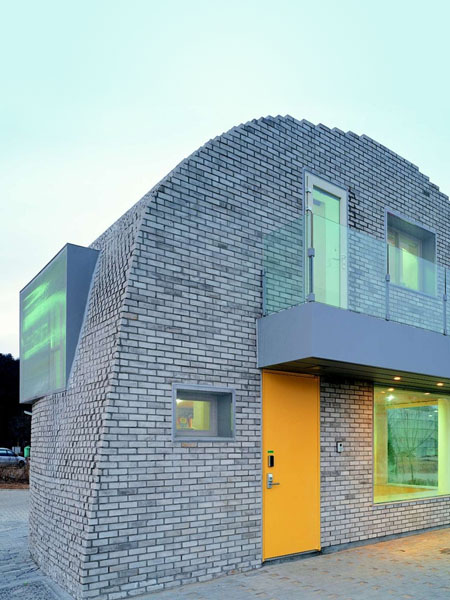Construction Techniques With Firebricks
In short, the sentence refers to the intrinsic features of architecture and building, which has made brick one of the most beloved building materials in architecture. Some of the greatest architects of the last century have captured the collective imagination of the world with its remarkable and remarkable uses of bricks in the history of architecture, and created buildings as the architectural symbols of the world with the most modest architectural materials.
In spite of the ancient roots of bricks, the variety of texture, colors and shapes, architects have been constantly discovering new and unexpected applications to apply this material to the growing needs of customers.
Many of these innovative building applications are featured in William Hall’s famous “Brick” book illustrations from Phaidon Press Publishing. Many prominent views can teach us how bricks can be used to create a shell that is full of color, texture and invigorating structure on the building. In this article, we discovered six approaches from contemporary architects to the spirit of classic architecture with a modern twist to the building. These images are an example of the best brick bricks in the world:

